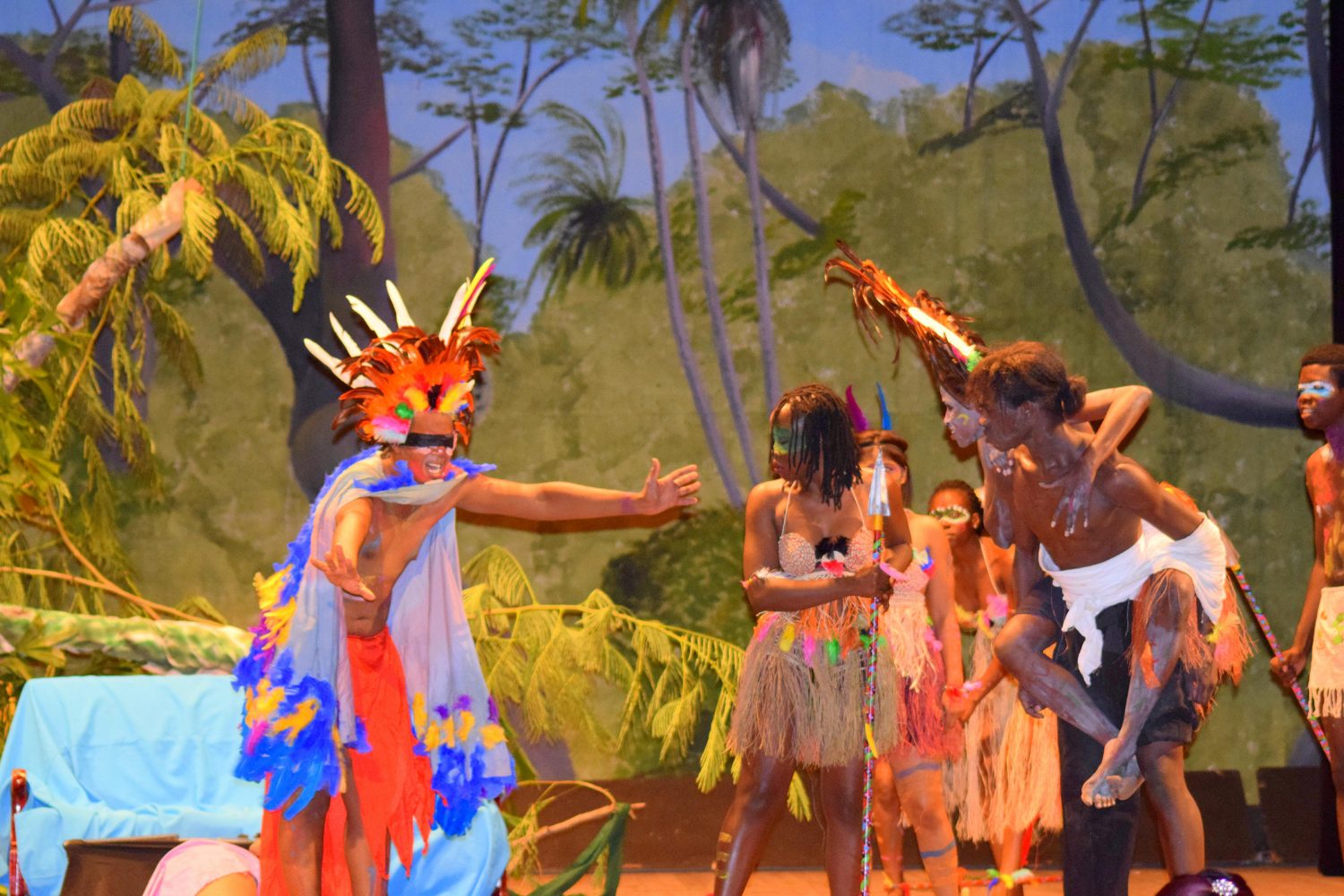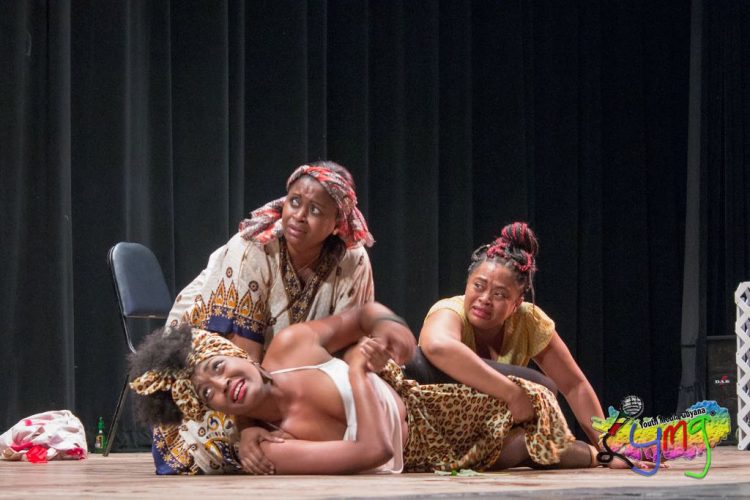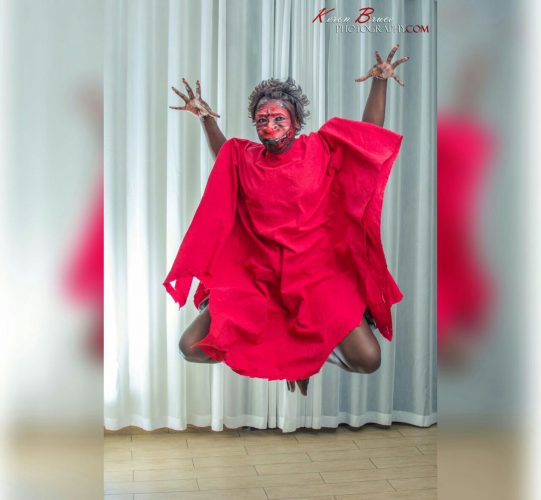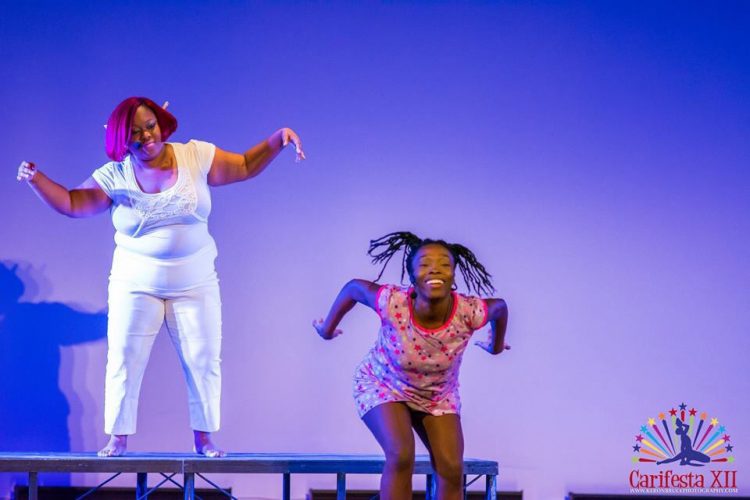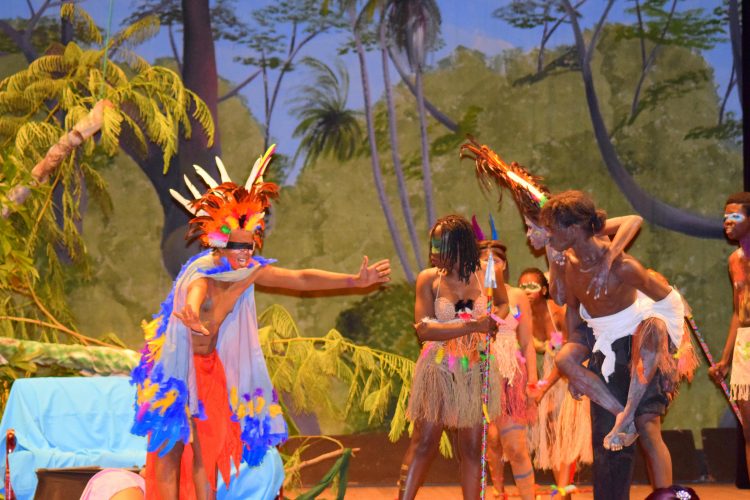![]() Theatre has been a staple product in Carifesta throughout its history. Dramatic plays were once at the pinnacle of the festival with productions from different countries featured as the signature events of successive editions of the festival. Samples of the leading drama from each country would be on show and Carifesta was the place to go to see the state of the art in the Caribbean.
Theatre has been a staple product in Carifesta throughout its history. Dramatic plays were once at the pinnacle of the festival with productions from different countries featured as the signature events of successive editions of the festival. Samples of the leading drama from each country would be on show and Carifesta was the place to go to see the state of the art in the Caribbean.
There has been a dramatic step down from that over a period of many years and many Carifestas, and for various reasons the major Caribbean full length plays are not on show. What has developed as a sort of replacement is the ‘Country Nights’ – a kind of theatrical variety show featuring the performing arts and basically making a statement about each country in a single short production mainly driven by music and dance with perhaps a short dramatisation or two.
An outstanding exception to that trend which began after 2000 was Carifesta X in Guyana in 2008, when major plays took centre stage for the only time in more than 15 years.
It is the season of Carifesta again and the Republic of Guyana will be making its major statement in theatre for the occasion. The Guyana presentations are of interest in the context of the trend, as well as for what they say about the nation’s performing arts and its drama at the present time.
Carifesta XII in Haiti had a major limitation because the audiences were almost predominantly local people whose languages were French and Patois. Major plays in English as well as writers reading from their works in English, therefore, had obvious barriers. The upcoming festival in Barbados later this month presents no such issue. However, the hosts have restricted any dramatic play to less than one hour because of the demand for stage time, with several countries seeking to offer various performing arts and limited space available.
Guyana’s offerings in drama show no signs that they are about to suffer because of these restrictions. There is a particularly rich collection of dramatic pieces assembled to be shown in Barbados. There is a major play, a short play, two other short dramatic pieces and a full programme of music and dance, some of which will be incorporated into the national Country Night production.
This Country Night, directed by Seeta Shah Roath, Guyana’s Artistic Director, is called ‘Guyana – A Golden Splendour,’ and is designed around the national theme for Carifesta which highlights the national emphasis on the environment – conservation, rainforest management and clean energy. There is an attempt to project this through the performing arts, and indeed, all of the country’s presentations from the visual arts to film and animation, craft and the arts of fashion have been asked to reflect those green themes.
Appropriately, the production has a strong patriotic ring to it led by the steel band and soloist Vanilla, with spoken word led by Keon Heywood, dance pieces, drumming and combinations of dance with other forms. This is backed by visual presentations projected across the cyclorama. It is strongly driven by music and dance, and will be performed for the local public on August 13, before boarding the plane for Bridgetown.
There is very little performance of drama in the Country Night, but there is a robust representation from the work of the National Dance Company, and from the dramatic arts in the rest of the national contingent. Drama as well as the spoken word and storytelling are to be performed by the National Drama Company. The main play is Masque, written and directed by Subraj Singh; there is also a short play by Singh – Queh Queh, excerpted and directed by Esther Hamer; a short dramatic performance piece, The Baccoo, written by Sonia Yarde and directed by Nicola Moonsammy; and a dramatic version of Wordsworth McAndrew’s Ol Higue directed by Al Creighton. Mark Luke Edwards and LeTisha Da Silva also do spoken word.
Masque is a major and important piece of Guyanese and Caribbean theatre. It was the Best Play (Open Short) in the National Drama Festival 2016, also winning several other awards. Its most remarkable features are that it is a post-colonial play and a work of post-modernism. It draws on myth, folklore, and pre-colonial history, flashing back to a world among Amerindians at the time of the first incursions of Europeans into the Guyanese interior, the conflicts of colonialism, genocide, cultural dynamics, history and liberation. Equally, it speaks to conflicts of the environment among persons for whom the environment, the rainforest and its animism are vital parts of their cosmic existence.
This is a play that draws from the Senecan Revenge Tragedy in that its main plot is the way a bitter quest for vengeance by the spirit of an Amerindian woman murdered by invading Europeans actually brings about the destruction of her people. Yet she is a voice for the environment as the play associates her with animism in the form of a caiman in the river out of which she emerges as a vengeful spirit. It interweaves an inter-racial love story with a local one and with feminism in a look at the highly volatile patriarchy of the nation, as with the pronounced aggression displayed by both slave-owning white women and women of the ancient Amerindian nation.
Masque, because of its fierce post-modernism in theatrical form, is at the cutting edge of Caribbean theatre and will show the region an example of forms of drama now emerging in Guyana as exemplified by the work of the National Drama Company, an arm of the new National School of Theatre Arts and Drama (NSTAD). Dance and drumming and even the use of set are major features of the play’s performance text along with the vivid costuming and the extremely graphic violence and the imagery of slaughter. There is also an important interplay of the roots in the ancient past with the environmental and cultural threats of the present. The main character moves in dance as much as in acting and is a major agent in what is a vividly violent play.
These forms of post-modernist theatre are demonstrated in other performance pieces that were deliberately developed by the National Drama Company and at the drama school. Ol Higue is one example. It takes the classic Guyanese poem and uses it to demonstrate post-modernist theatre in which everything needed for the performance/production is provided by the performers who use their bodies as props, set, and characters while taking a single piece of textile material and constantly recycling it to form different things.
The material and costuming are also colour coded in keeping with Caribbean performance traditions. Similarly, there is the use of dance, rhythms and drums to carry the action. It draws on the story-telling tradition in the use of narrators who interchange as characters in the story. Additionally, ‘ol Higue’ is Guyana folklore and is at the centre of what are the frontiers of Caribbean theatre created by the NDC.
These story-telling and folklore elements are central to The Baccoo. This was created as a class project in film at the NSTAD and converted into a performance piece for the stage. It tells the story of the malevolent folk spirit of Guyanese oral literature also with the use of the post-modernistic theatre. There is a narrator from the story-telling tradition, dance and drum rhythms. The encounter with the spirits is humorous while giving instruction about the supernatural beings.
Queh Queh is a short play and another excursion into Guyanese folk traditions also developed out of course work for the music class at the drama school. It is the only known play to take its form from the Guyanese pre-nuptial ritual known as queh queh (kwe kwe). The play is driven by the music and the dance of the tradition, very entertaining with a very rich text of the singing of kwe kwe songs, but also with a tragic note and an undercurrent of the unknown spiritual quality in the kwe kwe.
The plot is deceptive as it seems to move along with the ritual and normal happenings in the tradition before a wedding until the audience is shocked by the twist at the end of the play. It therefore makes clever use of the folk element to create worthy drama. Another Guyanese custom is showcased during the performance and it is therefore a fitting exhibit for Carifesta.
